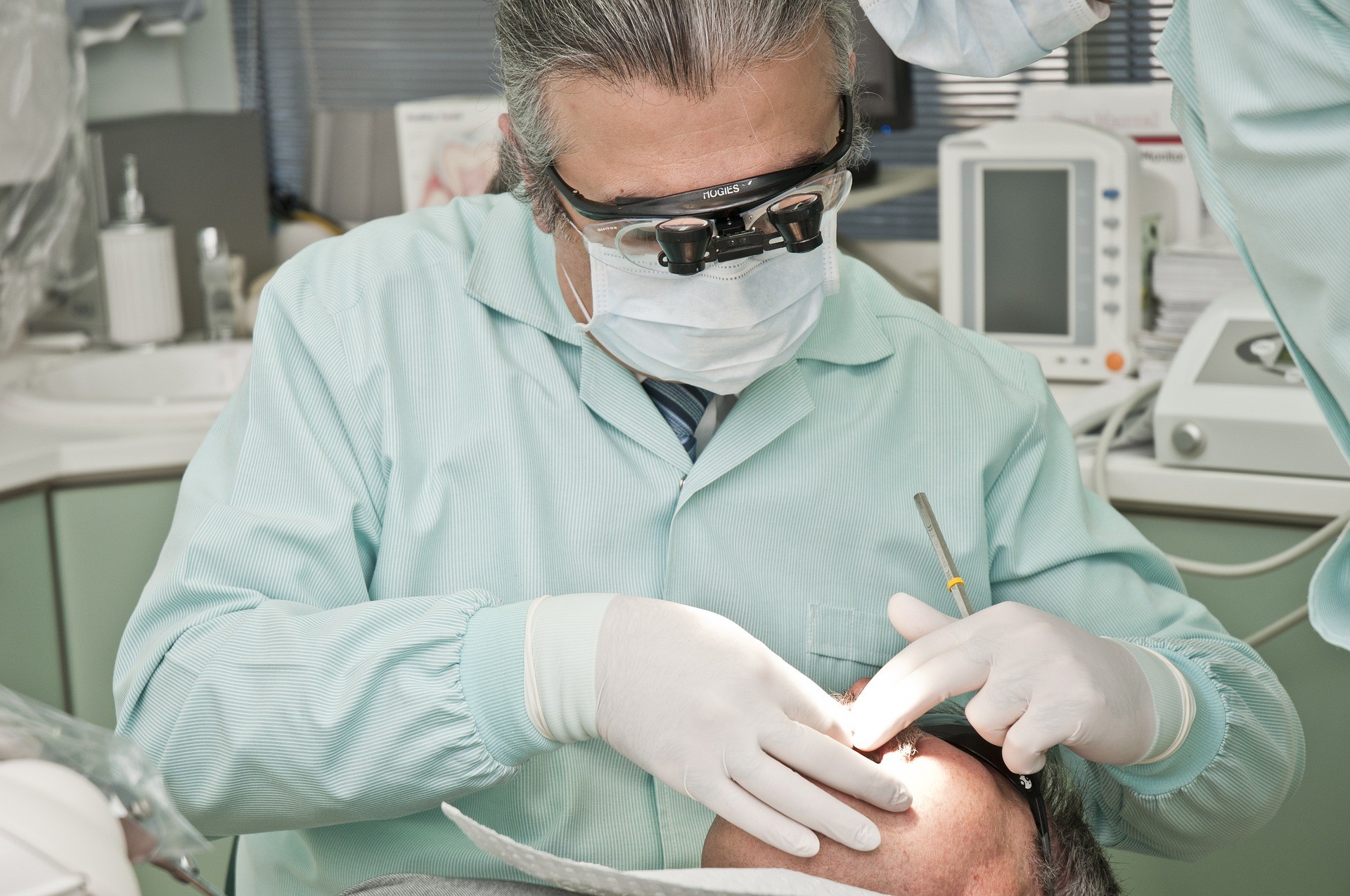Event News
What Technologies are Used in Dentistry?

Modern dental technology has made it possible to find modern solutions to traditional dental problems.
The Bachelor of Dental Surgery and other dentistry courses offered by dental university in Malaysia provide people with cutting-edge dental treatment that may be completed in a more effective and efficient manner.
It could seem that not much has changed in dental technology to a casual observer. However, the area of dentistry is undergoing constant change because of advancements in dental technology.
As newer technologies emerge and develop, an emphasis is placed on producing aids and equipment along with developing methods that a dentist may employ to aid in the early detection, prevention, diagnosis, and treatment of dental problems and illnesses.
A modern dentistry course provides access to a wide range of dental technologies, many of which have advantages that can make the treatment more comfortable and easier for patients.
A list of dental technology aids taught as part of dentistry courses is below.
1. Air-Abrasion
An air-abrasion device is used as an alternative to a conventional dental drill to treat tiny cavities while sparing good tooth tissue and avoiding the need for local anaesthesia. By blasting pellets made of air and aluminium oxide, air abrasion enables the exact elimination of deterioration.
Through access to challenging locations like those in between teeth, air-abrasion dental technology can also be utilized to assist in restoring outdated dental restorations.
2. CAD/CAM
Dental restorations may be made using computerized dental technology thanks to CAD/CAM (computer-aided design, computer-assisted manufacture) technology.
A dentist may use CAD/CAM in the office to finish dental restorations that would typically take two visits to complete in one appointment. Inlays, onlays, porcelain veneers, dental crowns, and dental bridges are a few examples of these procedures.
Solutions for caries detection:
To ensure that all tooth decay has been treated from an afflicted region, a liquid red dye known as a caries detection solution is spread on the tooth.
The plaque-disclosing tablets that are used after brushing to show if any places were missed or weren’t properly cleaned are quite similar to this solution.
3. CAT Scan
Implantologists (dentists who have a Bachelor of Dental Surgery) can inspect and manipulate the jawbone or surrounding bone structure more precisely with the use of 3-D CAT scan dental technology.
With developments in dental technology, implants have replaced dentures as the treatment of choice for tooth replacement.
Implants in the Teeth
This dental technology is constantly evolving. Dentists who have undergone a dentistry course have the ability to use mini implants to support small or minor tooth replacements.

4. Digital X-rays
Dental pictures can be captured using digital radiography using a sensor that projects the image onto a computer screen.
In addition to reducing radiation exposure, digital X-rays can be more comfortable than traditional X-rays. One “paper” X-ray is about equivalent to four digital radiographs.
5. Handpieces with Electricity
Electric handpieces can be used with rotary cutting tools and can help with cleanliness measures. Smooth material distribution provided by electric handpieces reduces stress on the sound tooth structure. They are frequently quieter.
6. Intra-Oral Camera
A precise picture of your teeth and their supporting structures may be created with intra-oral cameras.
This dental technology makes it possible for people, dentists, and any potential dental technology technician to work on one tooth flaw at a time. One may learn more about dental hygiene procedures, such as where to concentrate when cleaning the teeth, with the use of intra-oral cameras.
7. VELscope
VELscope is a revolutionary new FDA-approved oral cancer screening dental technology that employs incandescent light to detect abnormalities that would otherwise be invisible to the human eye.
Oral surgeons also utilize VELscope to assist in locating unhealthy tissue near lesions and establishing the ideal margin for surgical excision.

8. Microscope
One of the most recent developments to help dentists improve their acute eyesight is the use of microscopes. Dental technology professionals can use microscopes to precisely and accurately spot microcracks, weakening tooth structure, and the presence of dental nerves.
Additionally, using a microscope allows for more precise removal of damaged tooth structure while protecting healthy tooth structure.
9. Laser Dentistry
Laser dental technology is utilized in a variety of dental operations to increase effectiveness and reduce pain, including cavity filling, sensitivity reduction, tumor removal, and teeth whitening.
In order to prevent any more complications or issues, laser dentistry is quick, painless, and capable of successfully eradicating any type of germ while the process is being done.
All in All
Dental health is one of the most crucial aspects of healthcare, and future disruptive breakthroughs will increase dental technology options with more dentistry courses in a dental university in Malaysia for either enhancing professional practices or enhancing patient oral health.

